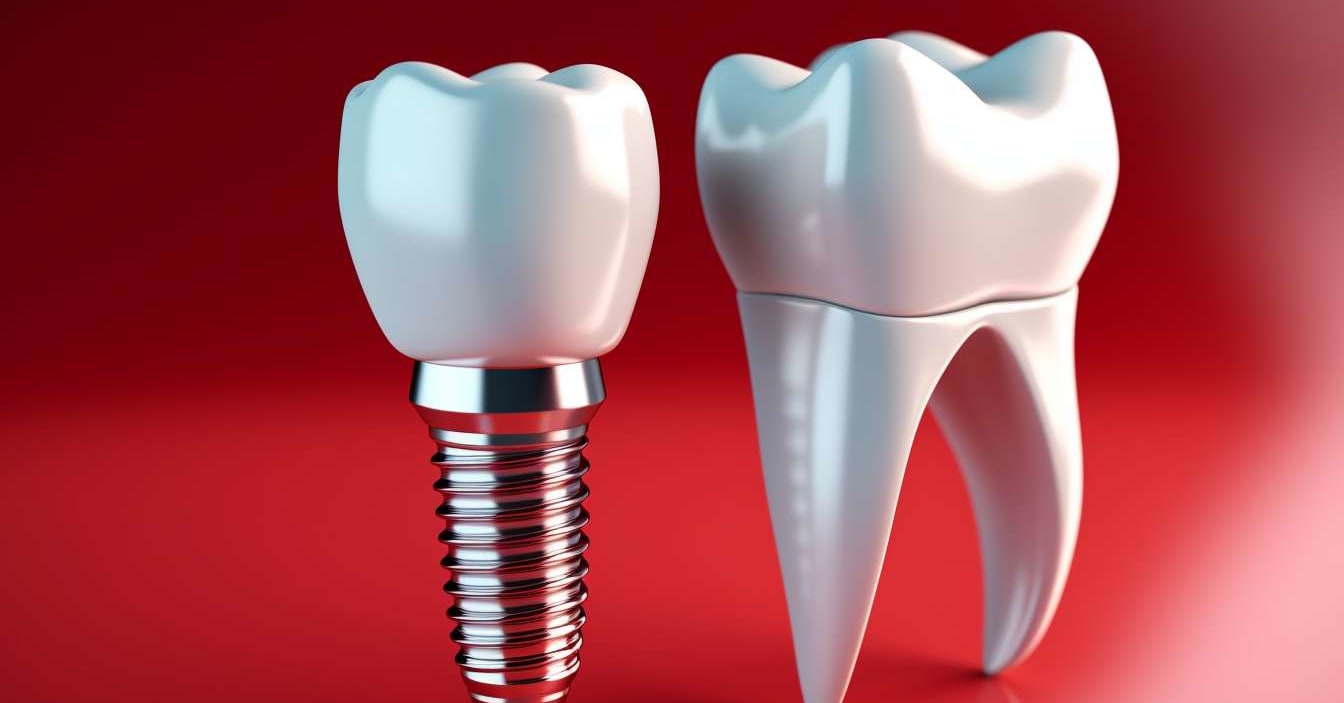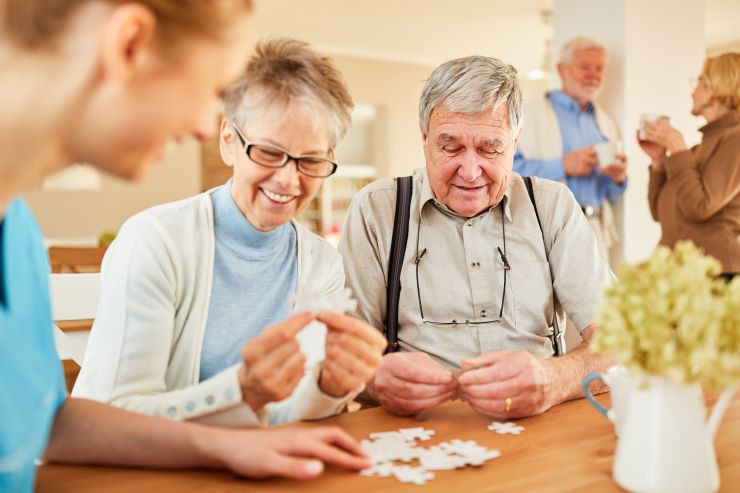The Power and Artistry of Makeup: A Dynamic Medium of Self-Expression
The world of beauty is a fascinating place, teeming with creativity, history, and culture. Among the many facets of beauty, makeup holds a special place. It is a dynamic medium of self-expression, an art form that has evolved over centuries, and a powerful tool that both reflects and shapes societal perceptions of beauty. This article delves into the multifaceted realm of makeup, examining its historical roots, current relevance, trends, impact, and reception. It also provides fresh insights into the artistry and power of makeup, revealing dimensions of this beauty phenomenon not widely covered elsewhere.

Makeup Through the Ages: The Historical Context
Makeup is as old as civilization itself. From the ancient Egyptians who used kohl to line their eyes to the women of the Tang Dynasty in China who painted their faces with white rice powder, makeup has always been an integral part of human culture. In the seventeenth century, European aristocrats used makeup to display their rank and wealth, while in the 1920s, flapper girls in the U.S. sported dark lipstick and heavy kohl to express their newfound freedom and defiance of traditional norms.
In the post-World War II era, makeup became a tool for women to assert their individuality and independence. The advent of television in the 1950s popularized the ‘glamorous’ look, marked by bold red lips and dramatic eyeliner. The 1960s saw the rise of the ‘mod’ look with its emphasis on the eyes, while the 1970s and 1980s were characterized by a more natural look and the advent of ‘punk’ makeup respectively.
The Makeup Revolution: The Current Relevance
Today, makeup is a multi-billion dollar industry with a global reach. It is no longer just a means to enhance physical appearance, but a form of self-expression, a way to challenge societal norms, and a platform for activism. The rise of social media and beauty influencers has democratized makeup, making it accessible to everyone irrespective of gender, age, or skin color. The diversity and inclusivity movement in the beauty industry has led to the creation of makeup brands catering to all skin tones and types, breaking away from the narrow, Eurocentric standards of beauty that dominated the industry for years.
The Transformative Power of Makeup: Trends, Impact, and Reception
Makeup trends are as varied and dynamic as the people who use it. From the ‘K-Beauty’ wave that emphasizes dewy, youthful skin to the ‘Instagram makeup’ trend characterized by heavy contouring and bold, dramatic looks, makeup trends reflect the zeitgeist of the times.
The impact of makeup extends beyond its aesthetic appeal. Psychologically, it can boost self-confidence and self-esteem. Socially, it can challenge and redefine notions of beauty, as seen in the trend of men wearing makeup or the acceptance of ‘imperfections’ like freckles and acne.
The reception of makeup is a complex issue. While it is widely accepted and celebrated as a form of art and self-expression, it also faces criticism for promoting unrealistic beauty standards and for its environmental impact. The beauty industry is grappling with these issues, with many brands moving towards sustainable and ethical practices.
Unique Insights: The Artistry and Craft of Makeup
Makeup is not just about applying products on the face; it is a craft that requires skill, creativity, and a deep understanding of color, light, and anatomy. It is akin to painting, with the face serving as the canvas. The makeup artist must understand the individual’s facial features, skin tone, and personal style to create a look that enhances their natural beauty and aligns with their identity.
The art of makeup also extends to special effects makeup used in theatre, film, and television. This requires a high level of expertise and creativity, as the makeup artist must transform the actor’s appearance to fit the character, sometimes creating fantastical or grotesque looks.
In The Power and Artistry of Makeup
Makeup is a powerful tool of self-expression and a dynamic medium of art. Its journey through history reveals its role in reflecting and shaping societal perceptions of beauty. Today, it is a vibrant industry that is constantly evolving, pushing boundaries, and challenging norms.
While makeup faces criticism, it also offers opportunities for positive change. The rise of ethical, sustainable brands, the focus on diversity and inclusivity, and the recognition of makeup as a form of art and craft are all steps in the right direction. As society continues to evolve, so too will the world of makeup, reflecting the changing tastes, values, and aspirations of the people who use it.




